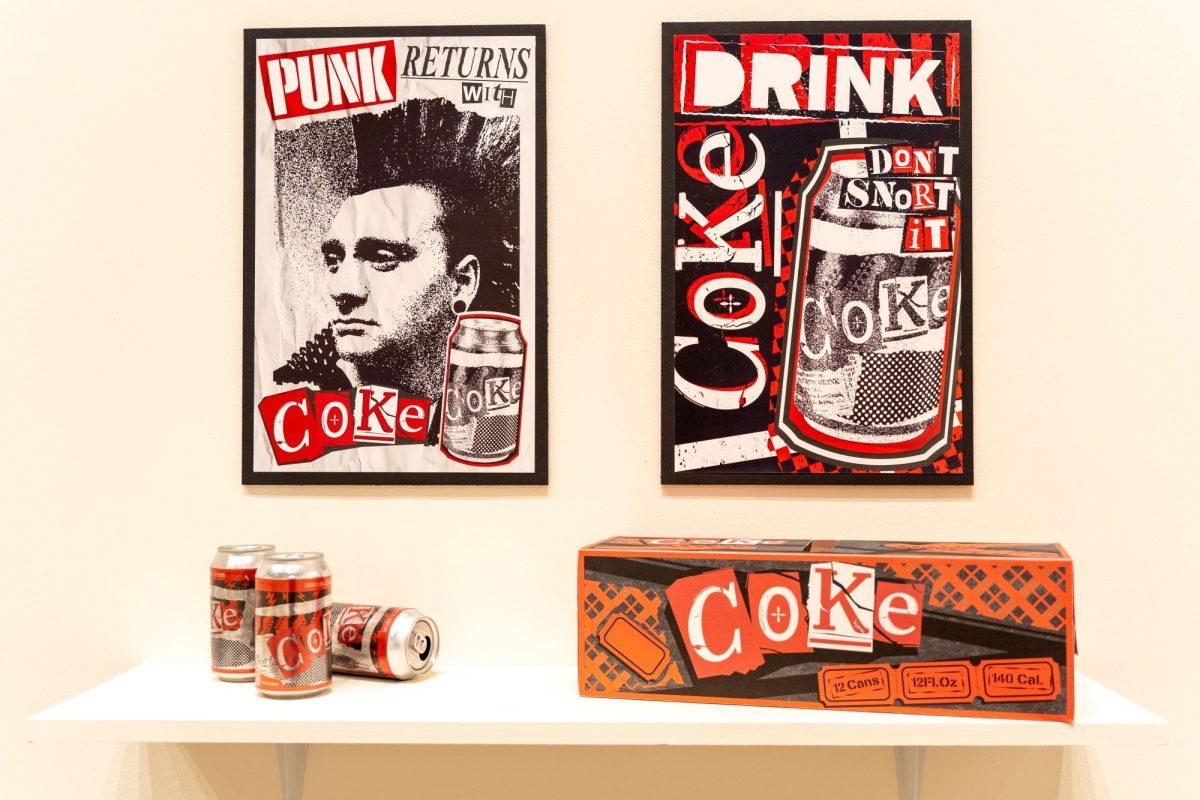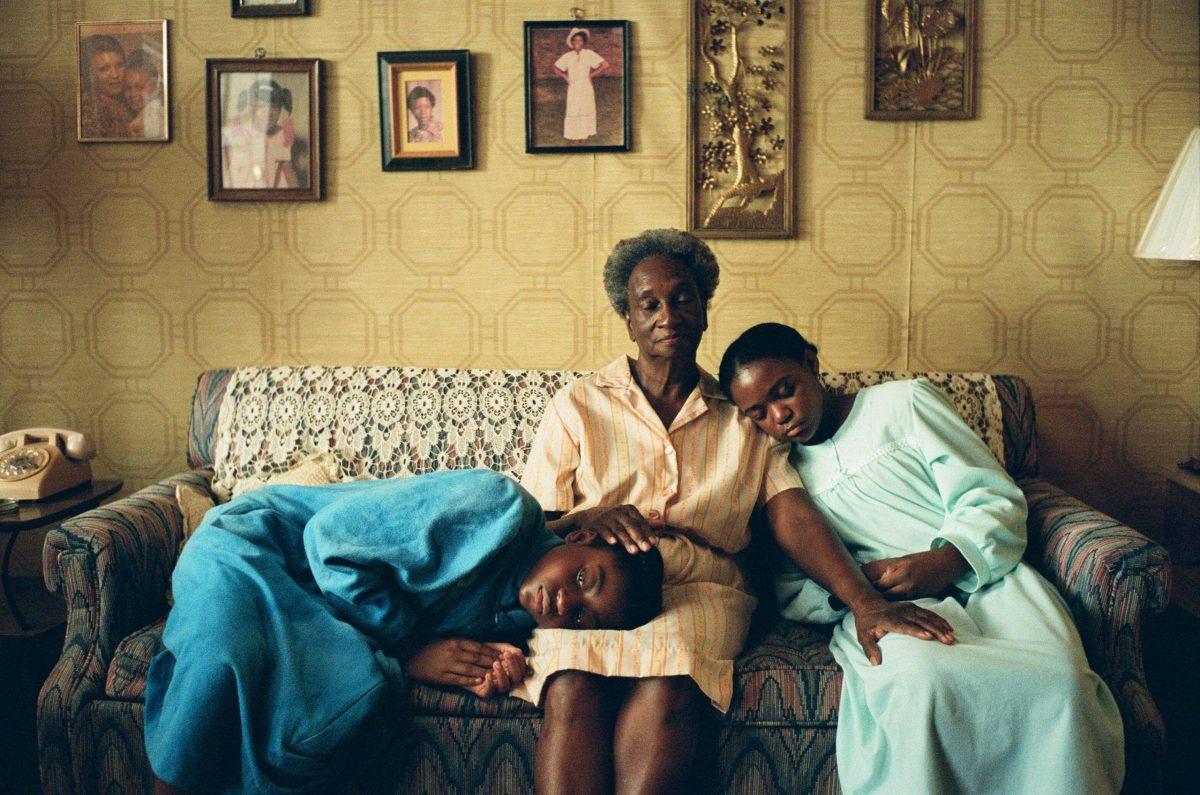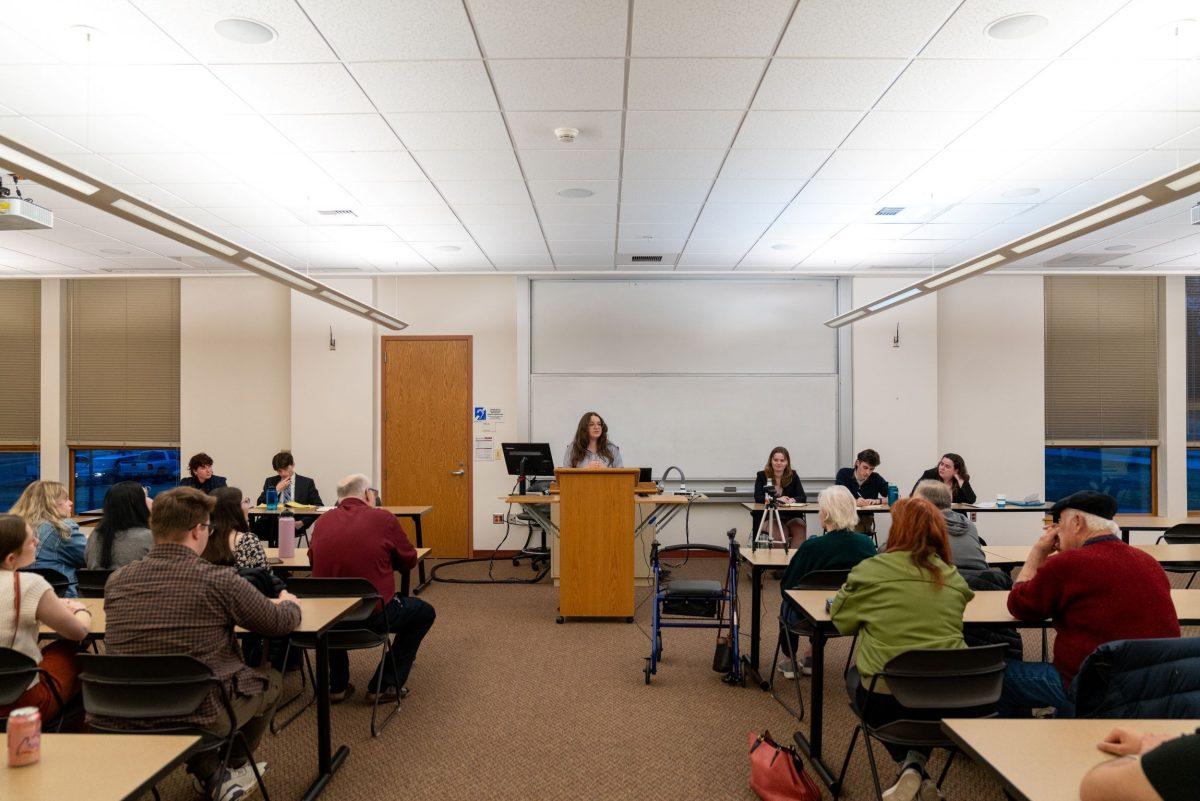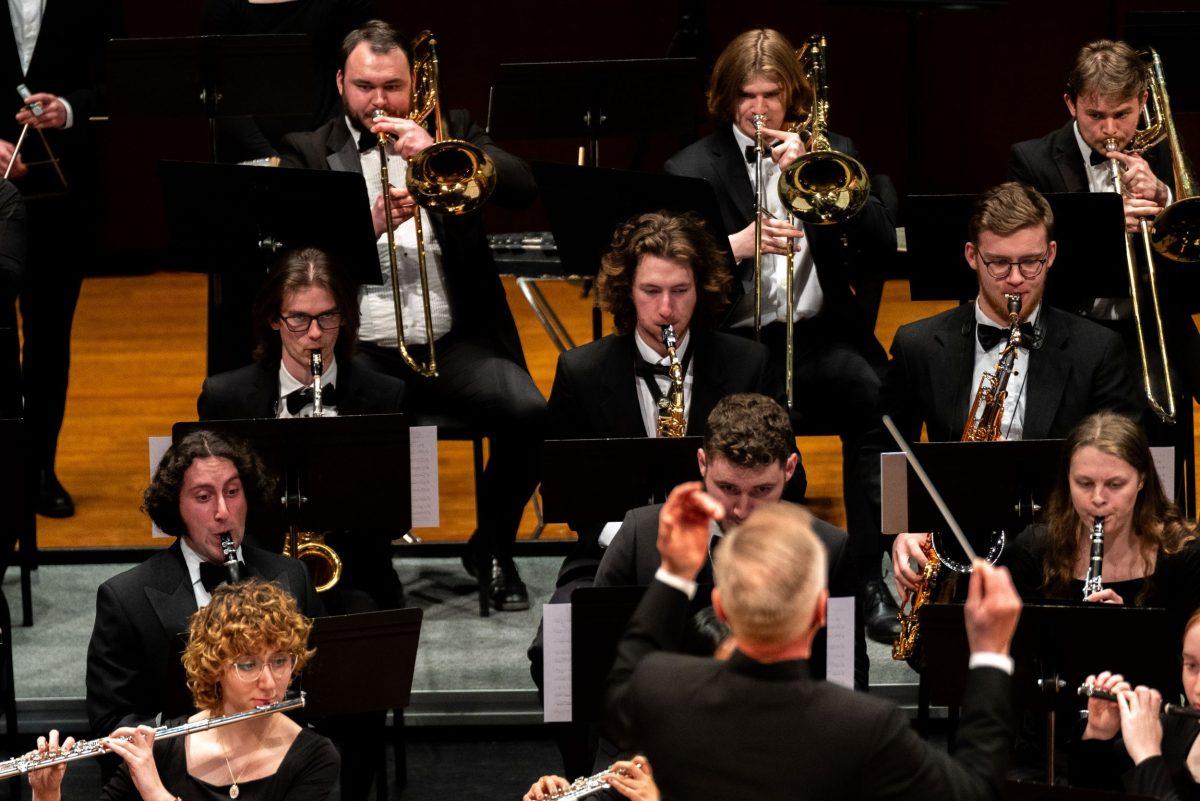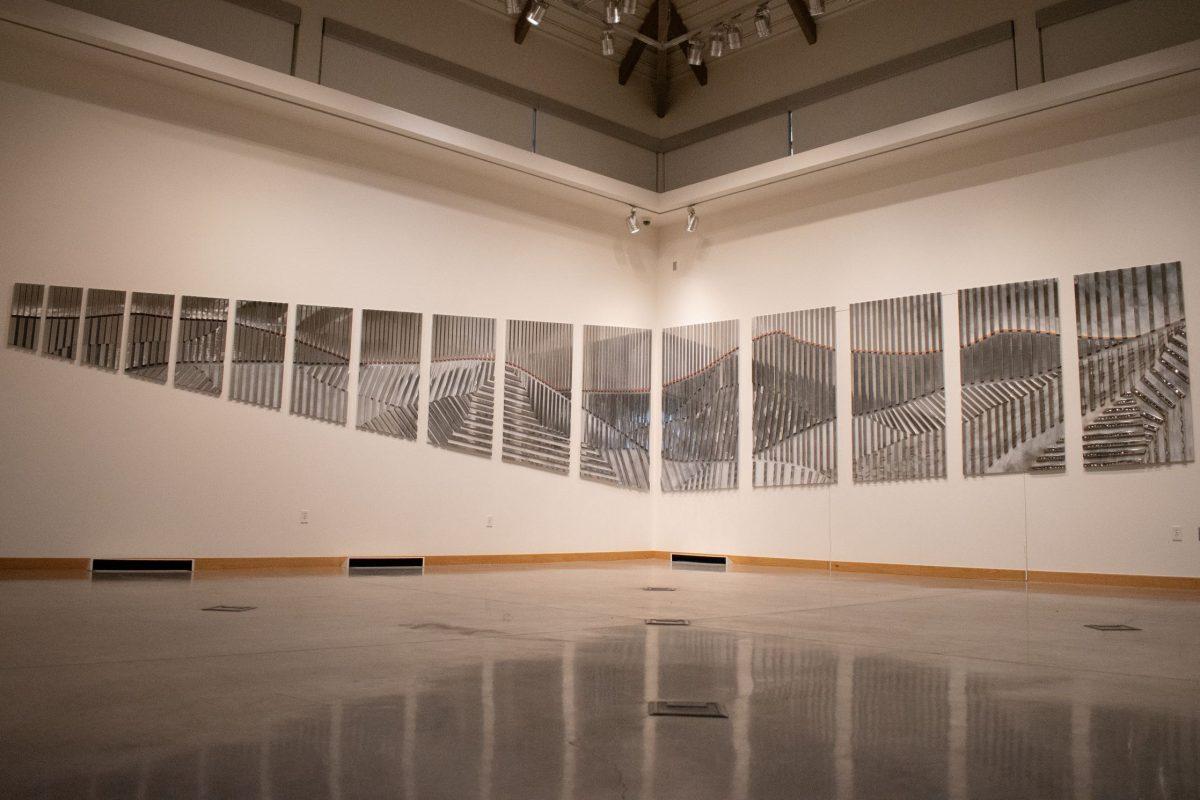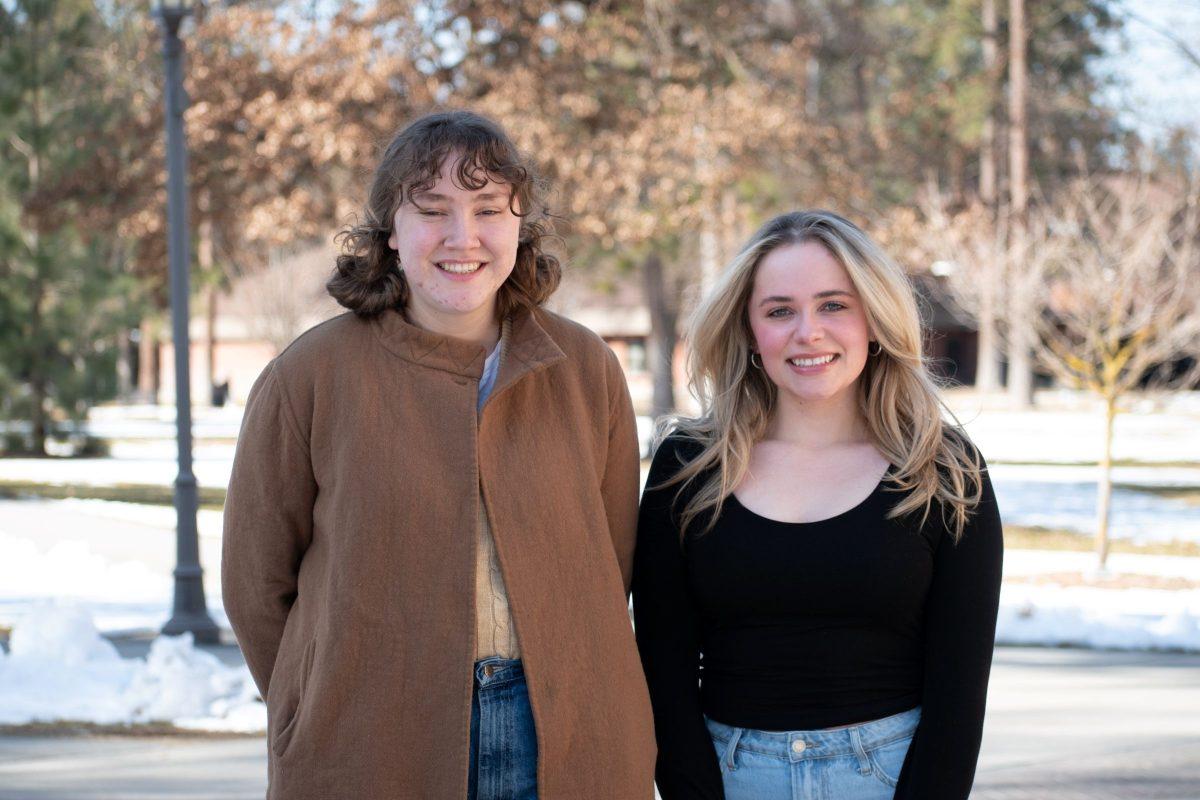Finding the right pair of jeans on a budget is not easy to do. The wrong jeans can make you look fat, flat or short. Avoiding these unfortunate misfits is not hard to do if you follow some simple steps.
Know your denim
The days of denim feeling more like cardboard than cotton are over. Many companies have Lycra built into denim, to give a little stretch and lift where needed. When browsing through the long displays, look at the tags inside for details on the percentage of cotton to Lycra or polyester. The higher the Lycra percentage, the more the denim will stretch with movement, and the less likely it will shrink in the dryer.
Find the right style
Know your body type, and know what suits you.
High waist vs. low waist: Try not to buy anything with a waistline that actually hits your waist. Anything above the belly button will give a paunch or gut and the illusion of a flat or sagging derriere. However, anything too low and you might start to resemble a plumber with every move you make. Usually two fingers below the actual waistline works for everyone.
Straight leg: This is a very flattering cut. The straight leg is a good style for short or long legs, thick or thin thighs and curvy or boyish figures. Pair your darker-colored straight leg jeans with pumps and a blouse for a great work option, or wear with flip flops to transform for the weekend.
The Skinny: While most people cringe at skinny cut jeans, the skinny is actually a good option for many. The close fit tends to lengthen short legs and knock off the pounds when worn in dark colors such as black or deep blue.
Avoid this cut if your legs are very long and thin, otherwise you may look like you’re walking on stilts. Make sure no excess fabric pools at your ankles, otherwise you will have a very shortening or pudging effect.
Trouser: Most appropriate as a work jean, trouser cuts are very professional and much like pants. Trouser cuts are a fantastic jean for those with longer legs, but anyone can carry them off by cropping them to the appropriate ankle length. Avoid buying a pair that are tight in the hips, otherwise the jeans will bunch when sitting and the sleek look will be gone.
Bootcut: This cut tends to balance out curviness by slightly widening the bottom to match the top. These are the jeans that can be paired with T-shirts, blouses, flats or heels, making bootcut jeans the ones to get when on a tight budget because of their ability to go with anything.
Trends: Right now, trendy jeans include the boyfriend cut, jeggings and 1970s flares. Don’t spend a lot of money on anything that emerges as a trend. But if you are in love with a trend and must have it, just make sure the jean is not too loose, too baggy, too long or too short, and you should be safe.
Pick your pockets
Pocket placement is key to looking good in jeans. Pockets shouldn’t be too big or small. The bigger they are, the smaller and less toned your derriere looks. Smaller pockets will have the opposite effect. Pockets too far apart or too close can make your hips look wide. High pockets give a sagging effect, while lower pockets make pants look ill fitting. The general rule here is standard size pockets that angle in at the top.
Color
Choose your color wisely. Light colors are great for a relaxed look on weekend, but can add pounds where they aren’t wanted. Dark colors are great for work and can hide bumps and bulges. Distressed or acid dyed are fun and edgy. The point is, decide what you want to use the jeans for and then chose a color suitable.
Once bought, use a dye to change the color. If you prefer a distressed or acid dye look, use bleach or sandpaper to create slight denim abrasion.

